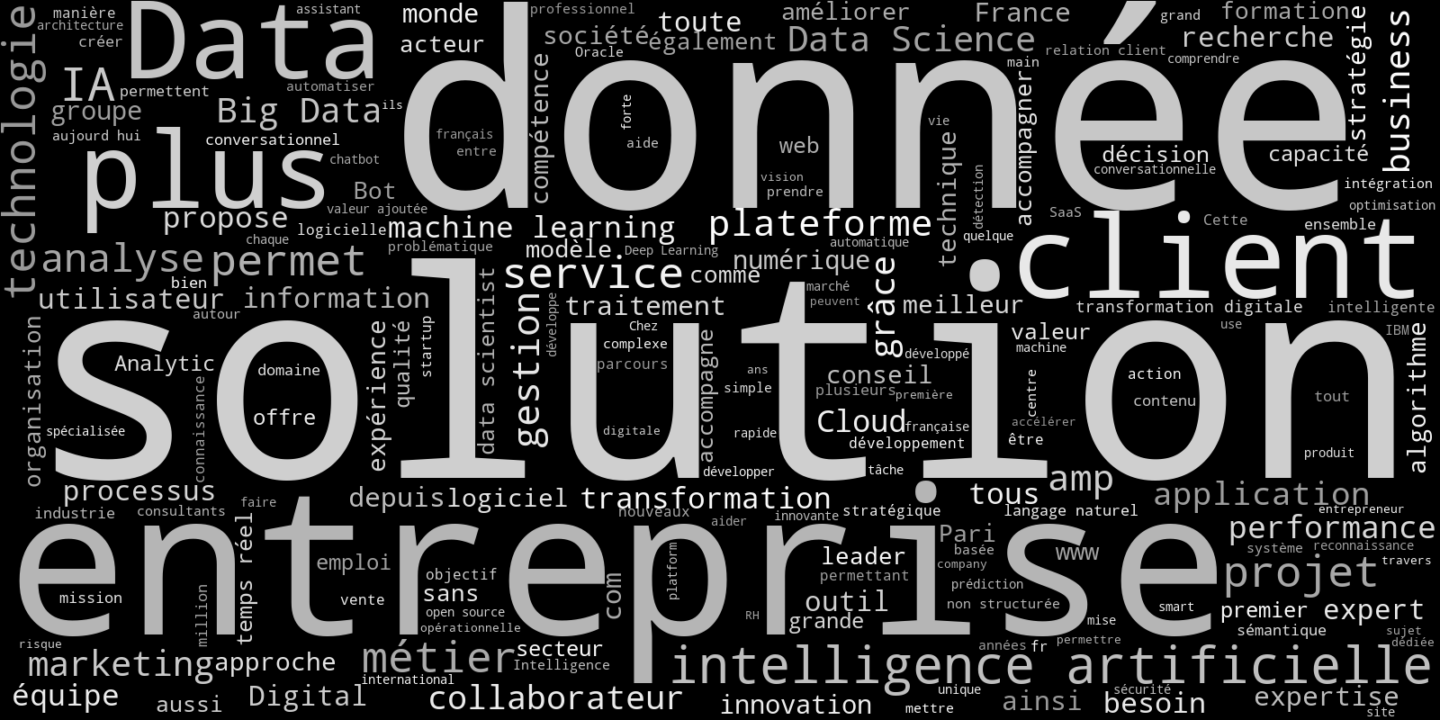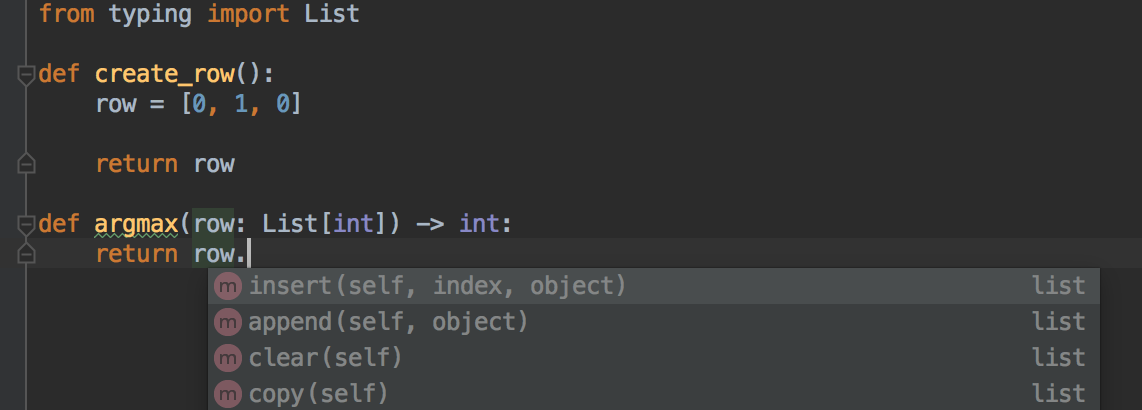AI Paris 2019 in one picture
Posted on Mon 17 June 2019 in Meeting • Tagged with Python • 3 min read

This week, I was at the AI Paris 2019 event to represent Kernix. We had great talks with so many people, and I barely had time to go around to look what other companies were working on. That is why I look at this afterwards. Can we have a big picture of the event without being there?
Continue reading




